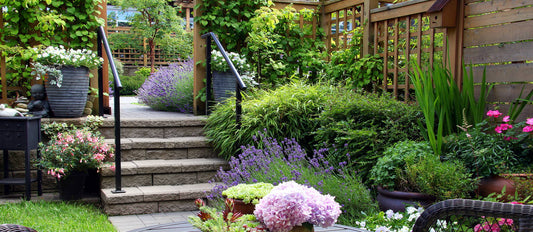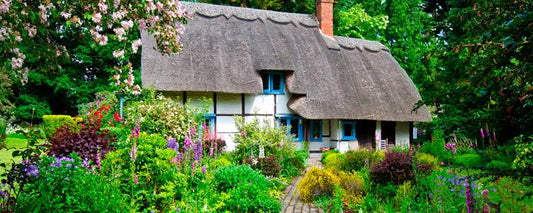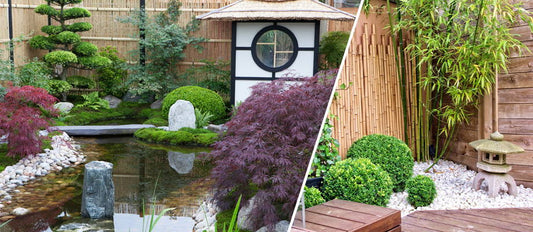You're all set to put your plant in a nice flower pot or plant it in the soil, and then all of a sudden you read something about pH values. You read that your soil needs to be acidic, or the exact opposite. It may sound complicated, but it isn't. Let us explain it to you in plain and simple "plant language"!
What is a pH value?
The soil's pH value tells you how acidic it is. A pH value can be between 1 and 14. The lower the number, the more acidic the soil: pH 3 is highly acidic, pH 7 is considered pH-neutral and pH 14 is very non-acidic. This is also referred to as basic. Between pH 7 and pH 14, the soil gets progressively less acidic, which means that the soil is more chalky. Basic soil is therefore also referred to as chalky soil.
Why is the pH value so important?
You might be wondering why this should interest you? Well, some plants can be very picky about what kind of soil they're planted in. Certain plants thrive in nice acidic soil (these are also known as acid-loving plants), while others are happier in neutral or chalky soil (also known as chalk-loving plants). If plants are in soil that is either too acidic or too chalky, they might struggle a bit. Firstly, they won't flower or grow as well and they may even die off at some point. Of course you'll want to avoid that! The label on the plant you've just bought will tell you exactly what kind of soil your plant likes.
Acid-loving plants
- Rhododendron
- Blue hydrangea
- Magnolia
- Most conifers
- Witch hazel
- Mountain laurel
- Blueberries/strawberries
Chalk-loving plants
- Butterfly bush
- Wisteria
- Buxus
- Christmas rose
- Lavender
- Clematis
- Sage
How do I know whether my soil is chalky or acidic?
This is a good point to say something about the different types of soil and their acidity. Clay soil is somewhat less acidic, and usually has a pH of 6.7 or higher. Sandy and peaty soils are usually a bit more acidic, often with a pH between 4.5 and 5.5. If you want to know exactly how acidic your soil is, you can always measure its acidity with a pH meter. It's a quick job: just insert the pH meter into the soil and after a few minutes you'll have the answer to your question. If you want to take a more serious approach, you can also have a soil analysis carried out by a specialised company or a garden centre.
How can I make my soil more acidic?
Suppose you discover that your soil is not acidic enough for, say, your rhododendron. There is something you can do about it! For example, you can add mowed grass to the soil or spread some peat.
How often you need to spread peat depends on the pH value of the soil. Generally speaking, it's enough to spread a bit of peat once a year. The best time to do so is between March and May. If a second application of peat is needed (don't forget to take a measurement in between), we recommend doing so at the end of August or in September.
How can I make my soil less acidic?
If you need your soil to be less acidic, it will be no surprise to hear that you can spread lime over it. Here again, do this between March and May and top up again in August or September if needed.
What about the pH value of potting soil?
If you buy universal potting soil, its pH value will be between 5.8 and 6.2.
But don't worry: there are now plenty of different types of potting soil: for geraniums, balcony plants, Mediterranean plants and box trees, for instance. You can also find potting soil with extra peat for acid-loving plants such as the hydrangea, rhododendron or azalea.
Did you know that acidic soil makes a pink hydrangea turn blue? In chalky soil, a blue hydrangea will turn pink again.




